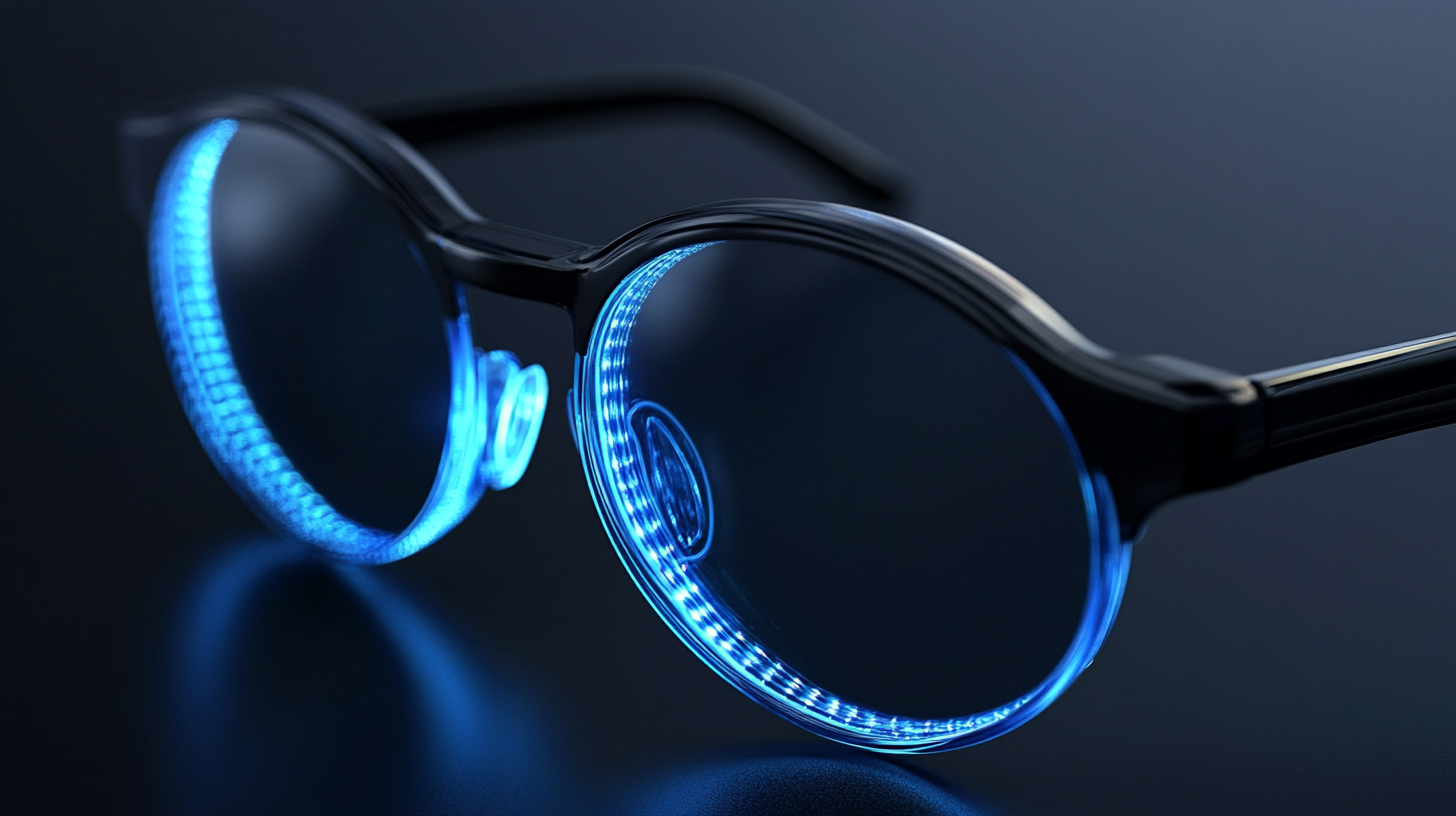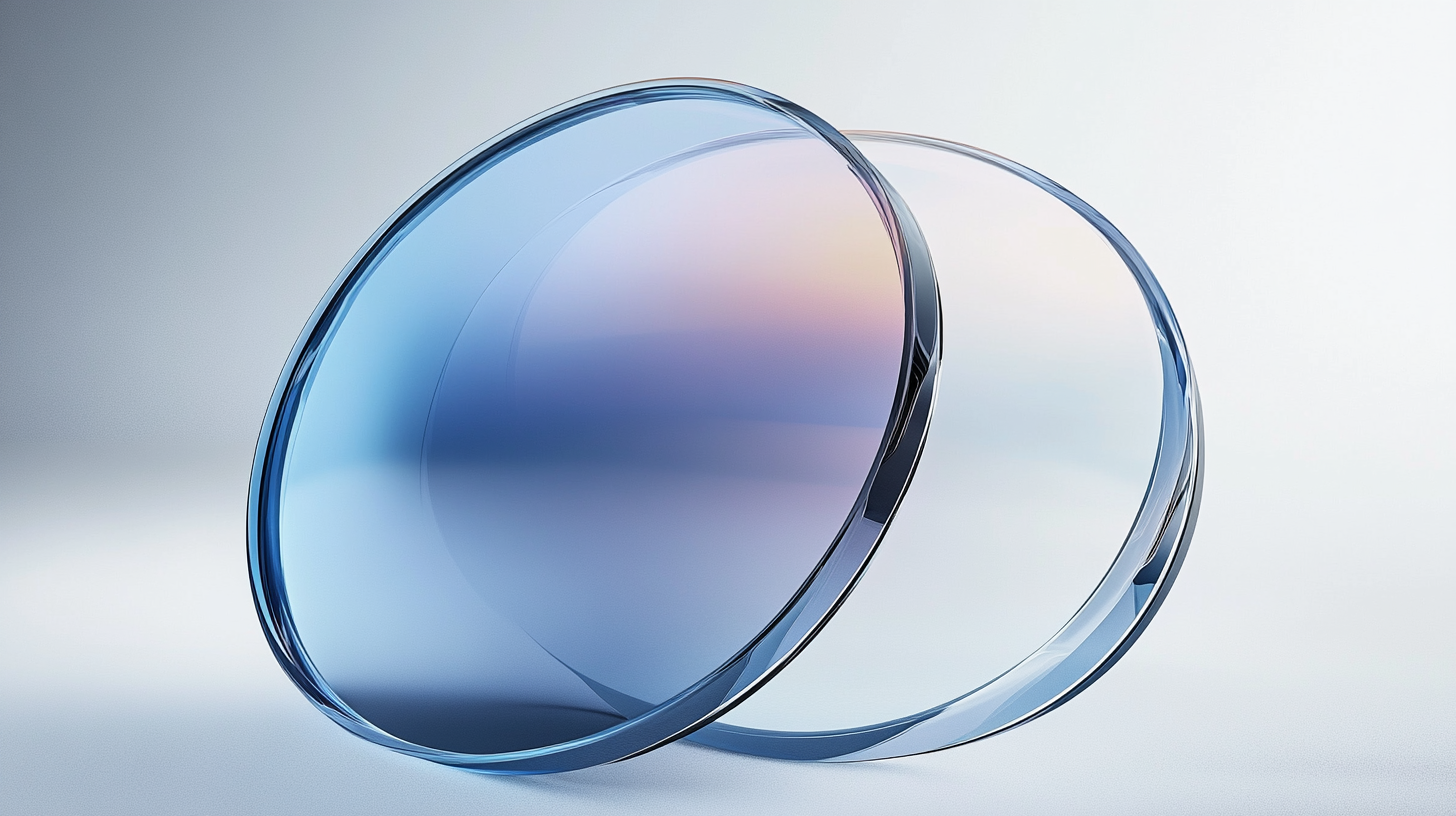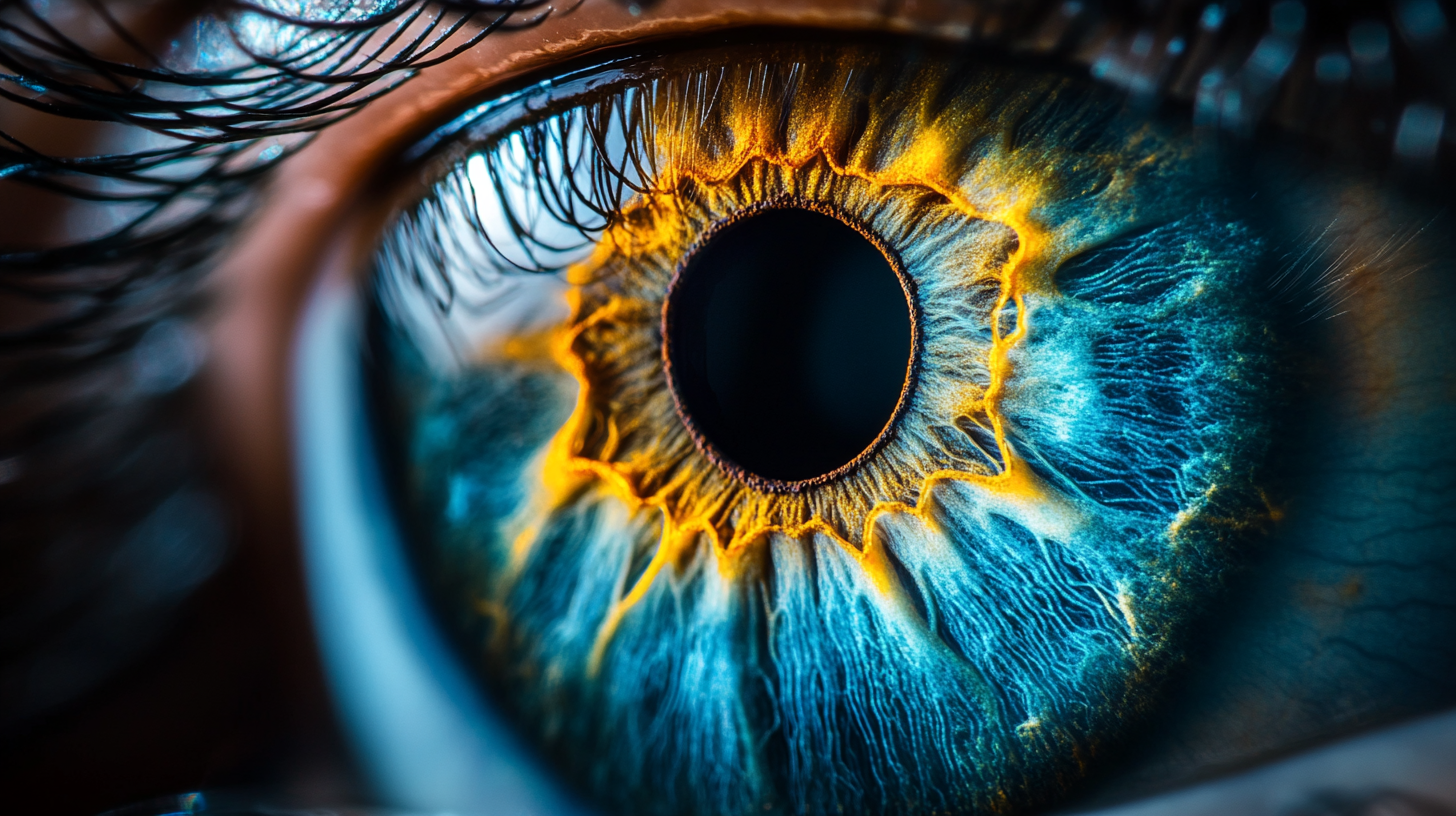In today's fast-paced, screen-dominated world, maintaining optimal eye comfort has become increasingly crucial, particularly for those who spend long hours working on digital devices. This is where Anti Fatigue Lenses come into play, providing essential relief from the strain that can lead to discomfort and fatigue. Understanding the technical specifications of these lenses is vital for anyone seeking to enhance their visual experience and protect their eye health. Anti Fatigue Lenses are designed with advanced features that accommodate the visual demands of modern life, balancing clarity, comfort, and health. By delving into their unique characteristics, such as lens curvature, coating technology, and ergonomic designs, we can better appreciate how these innovations can significantly improve our day-to-day activities. In this blog, we will explore the technical aspects of Anti Fatigue Lenses and uncover how they offer a practical solution for eye strain, allowing individuals to engage more effectively in their work and leisure activities.

Anti-fatigue lenses are designed with cutting-edge technology to enhance visual comfort, especially for those who spend long hours in front of screens. These lenses incorporate special coatings and materials that reduce glare and improve contrast, making it easier for the eyes to focus, thus alleviating discomfort caused by prolonged use. The science behind anti-fatigue lenses lies in their ability to filter out harmful blue light while ensuring adequate light transmission, which helps minimize eye strain and promotes a more relaxed visual experience.
When considering anti-fatigue lenses, it’s crucial to pay attention to the specifications. Look for lenses that feature blue light blocking capabilities and anti-reflective coatings. This combination will not only protect your eyes but also provide clearer vision by eliminating distracting reflections.
In addition, consider the lens design. Some lenses offer progressive features that cater to different vision needs, accommodating both distance and near tasks seamlessly. Opt for lenses that are tailored to your lifestyle, such as those specifically made for digital device users to enhance comfort and clarity during extended screen time. Remember, investing in the right pair of anti-fatigue lenses can significantly improve your visual experience and reduce discomfort.

Anti-fatigue lenses have become essential in our technology-driven society, responding to the increasing demand for eye comfort during prolonged screen time. One of the key technical features of these lenses is their unique design, which includes a graduated lens power that helps reduce eye strain. According to the American Optometric Association, digital eye strain affects nearly 70% of adults, highlighting the need for innovative solutions like anti-fatigue lenses.
Moreover, these lenses often incorporate special coatings that enhance visual clarity while reducing glare from digital screens. Research from the Vision Council indicates that blue light emitted by screens can disrupt sleep patterns and contribute to discomfort. As a result, many anti-fatigue lenses are now equipped with blue light filtering technology, which can block up to 40% of blue light, creating a more comfortable viewing experience. Additionally, the incorporation of ergonomically designed frames can further support natural head posture, allowing for extended use without discomfort. By understanding these technical specifications, consumers can make informed choices that prioritize their eye health and overall comfort.

In today's digital age, the importance of lens design cannot be underestimated when it comes to reducing eye strain. High-quality anti-fatigue lenses are crafted to provide optimal eye comfort by incorporating advanced technologies that address the challenges posed by prolonged screen time. These lenses often feature a specialized curvature and multi-focal designs that enhance visual clarity at various distances, helping users transition more comfortably between their screens and the surrounding environment.
Moreover, the growing popularity of blue light blocking lenses further emphasizes the significance of thoughtful lens design. By filtering out harmful blue light emitted by digital devices, these lenses can help alleviate symptoms of digital eye strain, such as dryness and fatigue. As we become more reliant on technology for work and leisure, understanding the intricacies of lens design plays a crucial role in maintaining eye health and productivity, making informed choices about eyewear essential for anyone spending extended hours in front of screens.
In today's digital age, where screen time is at an all-time high, the discomfort caused by prolonged exposure to screens has sparked a growing interest in anti-fatigue lenses. According to a 2021 study published by the American Optometric Association, 50% of adults experience symptoms of digital eye strain, which can lead to fatigue, blurred vision, and discomfort. Anti-fatigue lenses are specially designed to alleviate these symptoms by incorporating lens technologies that help reduce eye strain, thereby enhancing user comfort.
When comparing anti-fatigue lenses to traditional lenses, it is essential to note their distinct features. Traditional lenses typically offer a uniform refractive surface without specialized adjustments for near vision tasks. In contrast, a comparative analysis by the Vision Council reveals that anti-fatigue lenses include a progressive addition that provides additional support for focal tasks, effectively enabling a smoother transition between distant and near vision. This design reduces the effort required for the eye to focus, making anti-fatigue lenses particularly beneficial for individuals who spend extended periods in front of digital screens. As a result, users report a significant reduction in symptoms associated with eye fatigue and an improvement in overall visual comfort.
| Specification | Anti-Fatigue Lenses | Traditional Lenses |
|---|---|---|
| Lens Material | High-index plastic with anti-reflective coating | Standard plastic or polycarbonate |
| Lens Design | Multifocal design optimized for digital device use | Single vision or bifocal |
| Eye Strain Reduction | Yes, specifically designed to reduce digital eye strain | Minimal, not optimized for digital use |
| UV Protection | Yes, often includes UV400 protection | Variable, depending on lens type |
| Lightweight | Yes, designed to be lightweight for comfort | Standard weight may cause discomfort over time |
| Cost | Generally higher due to advanced technology | Lower initial cost, but may require more replacements |
With the prevalence of digital device usage escalating, the impact on eye health is increasingly significant. According to recent market research, the global dry eye syndrome treatment market is projected to reach USD 12,281.4 million by 2033, growing at a CAGR of 7.1%. This surge reflects a rising awareness and demand for effective solutions in an era where screen time has become a norm, leading to greater susceptibility to conditions such as dry eye syndrome.
The eye care market is also booming, with an estimated size of USD 70.78 billion in 2023 and a projected CAGR of 6.72% from 2024 to 2030. This growth is driven by innovations in lens technology and the increasing availability of blue light blocking glasses. As consumers look for strategies to mitigate the adverse effects of prolonged digital exposure, products designed to reduce blue light exposure are becoming essential. The emphasis on eye comfort, aided by anti-fatigue lenses, is critical as the industry adapts to transform eye care and enhance overall visual health in a digital-first world.

